World’s landmarks under threat from climate change
Inspiring places that could soon disappear
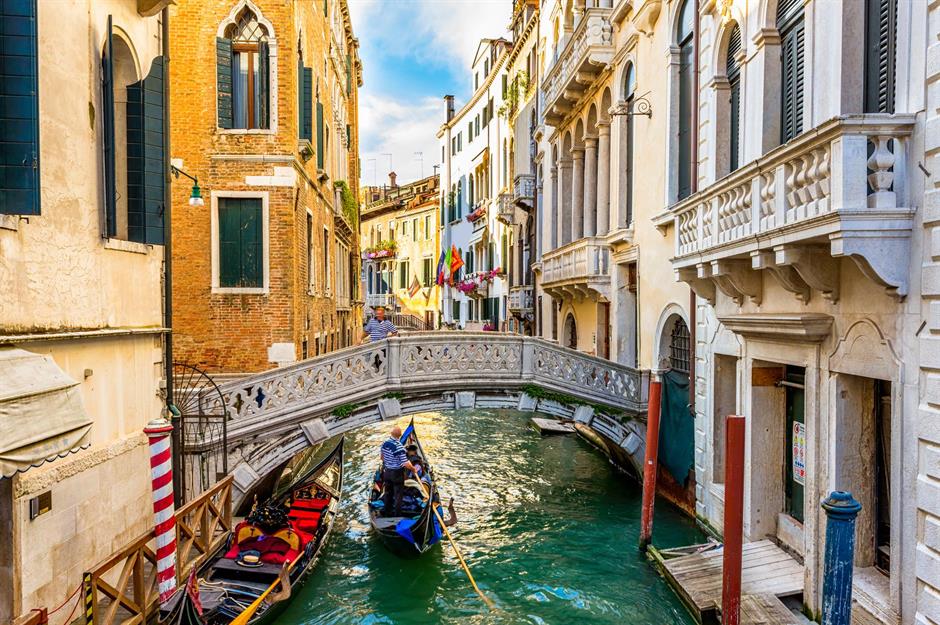
As global temperatures continue to rise, bringing with them a slew of freak effects ranging from devastating flooding to prolonged droughts, wildfires and heatwaves, many of the world’s most stunning landmarks find themselves under direct threat. These might be amazing natural wonders set in fragile ecosystems, cities struggling against nature's tide or entire island chains set to disappear beneath the sea.
Click through this gallery to see the most remarkable landmarks and locations that climate change might soon destroy...
Australia's Great Barrier Reef is in danger
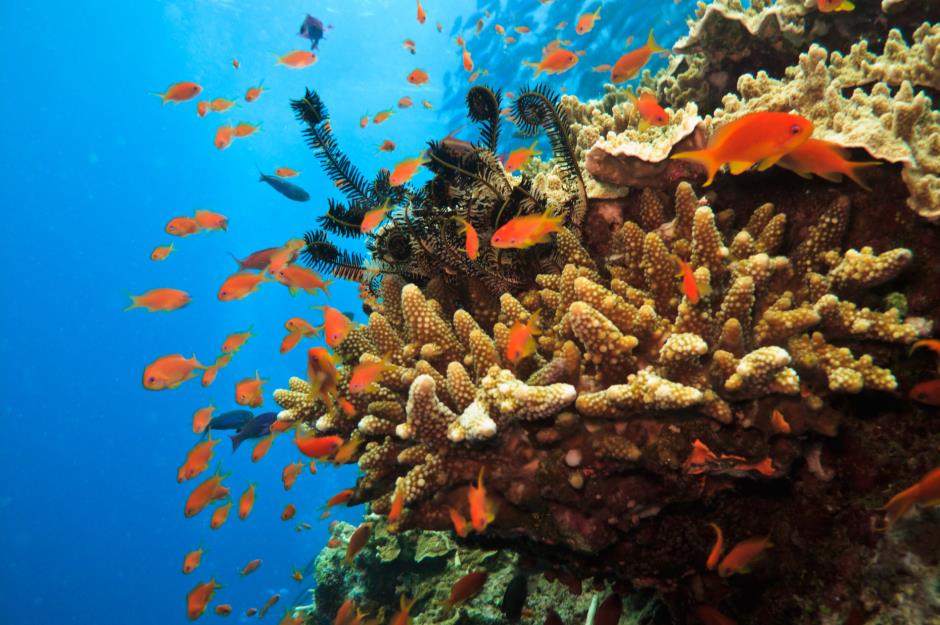
The kaleidoscope of vibrant colours the Great Barrier Reef is famous for could be set to disappear. Due to global warming, the temperature of the ocean around this majestic coral reef has risen to record levels, which is thought to be responsible for the irreversible bleaching of more than half of its corals since 1995. A mass bleaching event in early 2024 was the fifth experienced by the reef in the last eight years – and perhaps the most damaging.
Australia's Great Barrier Reef is in danger
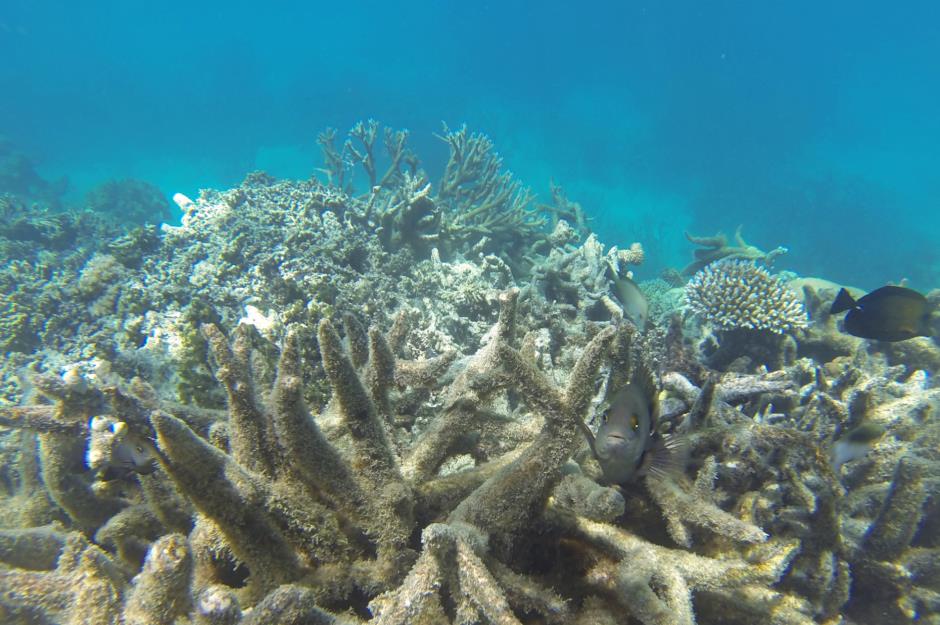
The Great Barrier Reef is one of the seven natural wonders of the world. It’s the world's largest coral reef system, covering an enormous 132,974 square miles (344,400sq km), and is home to an extraordinary array of plant and animal life. Work is ongoing to reduce the impact of climate change, but it's an uphill battle. The Earth’s temperature has already risen by more than 1°C (1.8°F) since pre-industrial times, and if that number reaches 1.5°C (2.7°F), the UN has warned that 90% of the world’s reefs could die out.
Australia's Great Barrier Reef is in danger
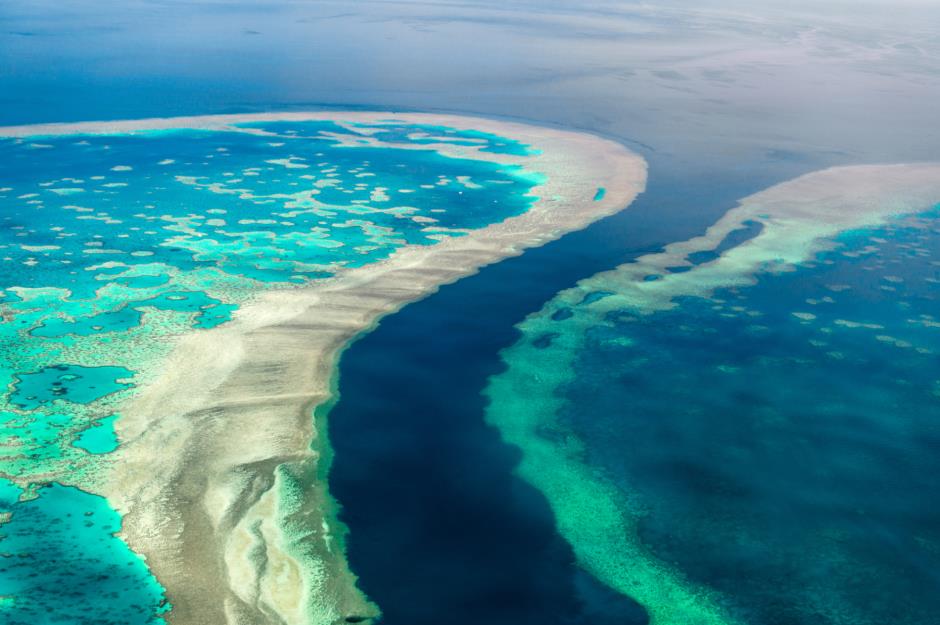
Millions of Australian dollars are being spent on measures aimed at restoring the health of the Great Barrier Reef. These include improving the water quality around the reef and reducing levels of sediment. Global warming poses the biggest threat, however, and if steps aren't taken to limit global temperature rises the damage is likely to continue.
Follow our Facebook page for more environment news and travel inspiration
Joshua trees at Joshua Tree National Park are dying
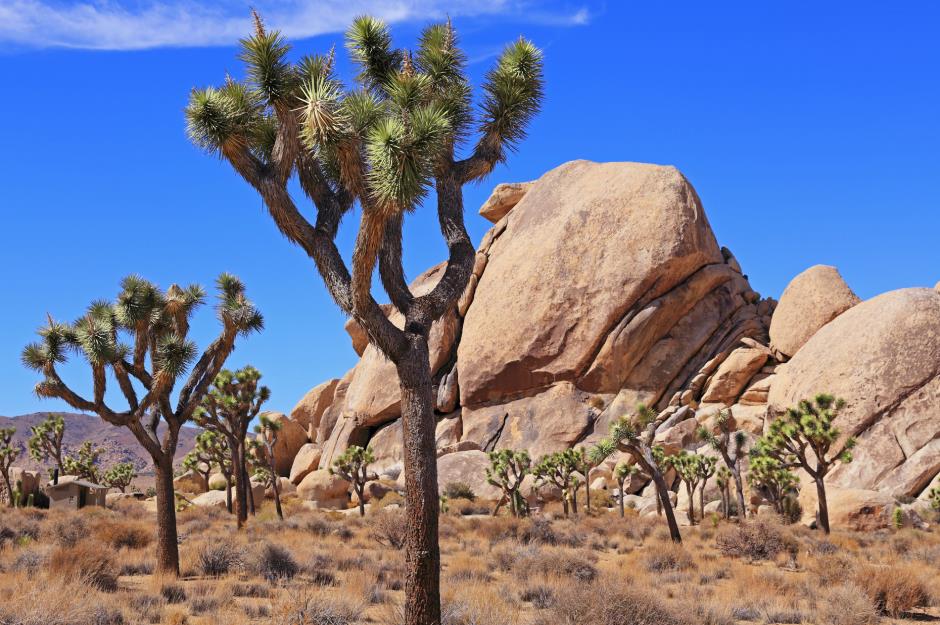
The iconic Joshua trees give the Joshua Tree National Park in California its name, but these spiky, twisted wonders are dying and global warming is to blame. The cactus-like trees are among a handful of species that have historically managed to thrive in the desert conditions of the national park. But as climate change intensifies so too does the hot, dry climate of the park, and their future is now in doubt.
Joshua trees at Joshua Tree National Park are dying
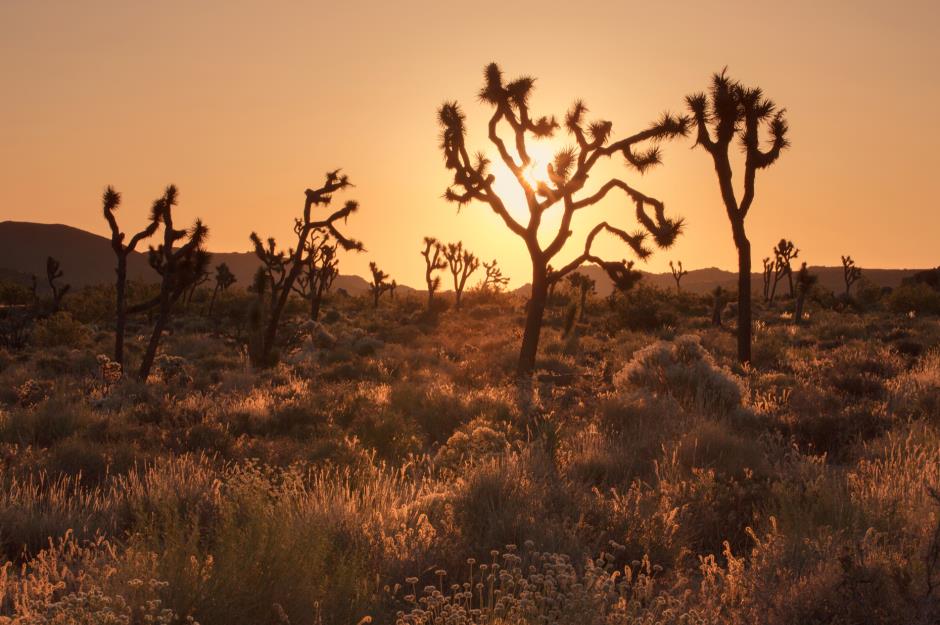
It's not only the direct impact of rising temperatures that is taking its toll on the trees. Joshua trees rely on yucca moths to fertilise them, and this species is struggling to survive as well. At lower, warmer elevations saplings are struggling to sprout and survive, while even some more mature trees with deep root systems are declining and dying.
Joshua trees at Joshua Tree National Park are dying
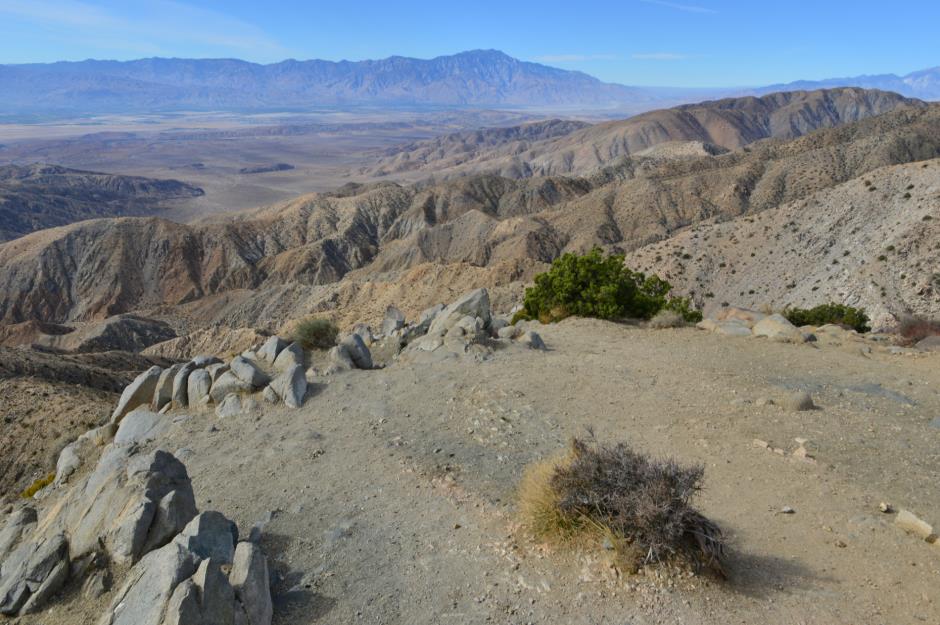
In 2019, a shocking study suggested that less than 0.1% of the trees' natural habitat would be intact by 2100 if climate change went unmanaged. Recognising the importance of protecting the two-and-a-half-million-year-old species, in 2020 lawmakers voted to safeguard the trees under California’s Endangered Species Act. The landmark legislation made them the first species of plant to be defended by state law against climate change.
Florida's Everglades are at risk
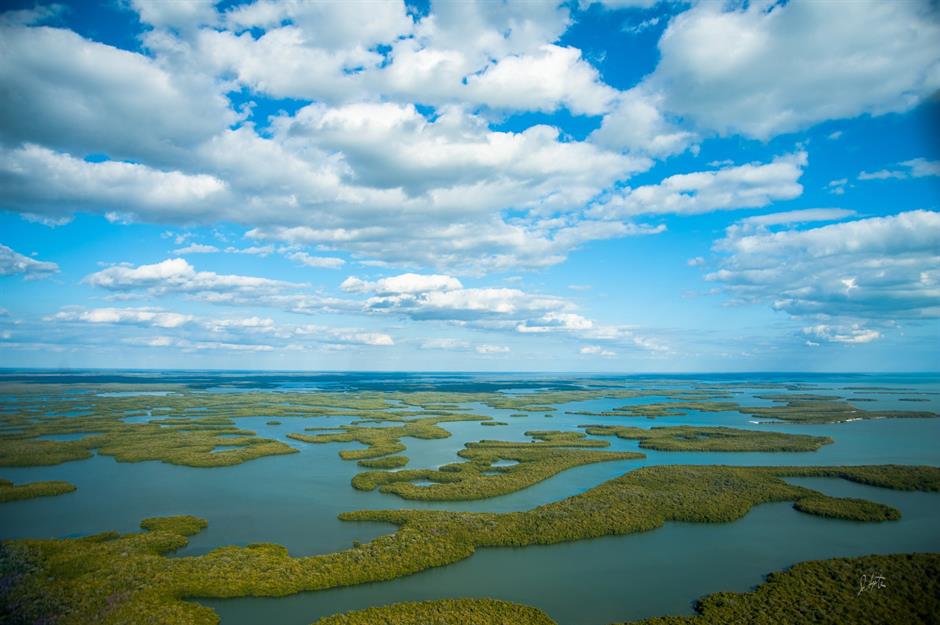
Nutrient pollution and a reduction in water flow have put Florida's Everglades National Park in danger, threatening the abundant wildlife that relies on its unique ecosystem. UNESCO reports that the park contains the largest mangrove ecosystem in the western hemisphere, the world's largest continuous stand of sawgrass prairie and the most significant breeding ground for wading birds in North America. It's also the only place where alligators and crocodiles coexist in the wild.
Florida's Everglades are at risk
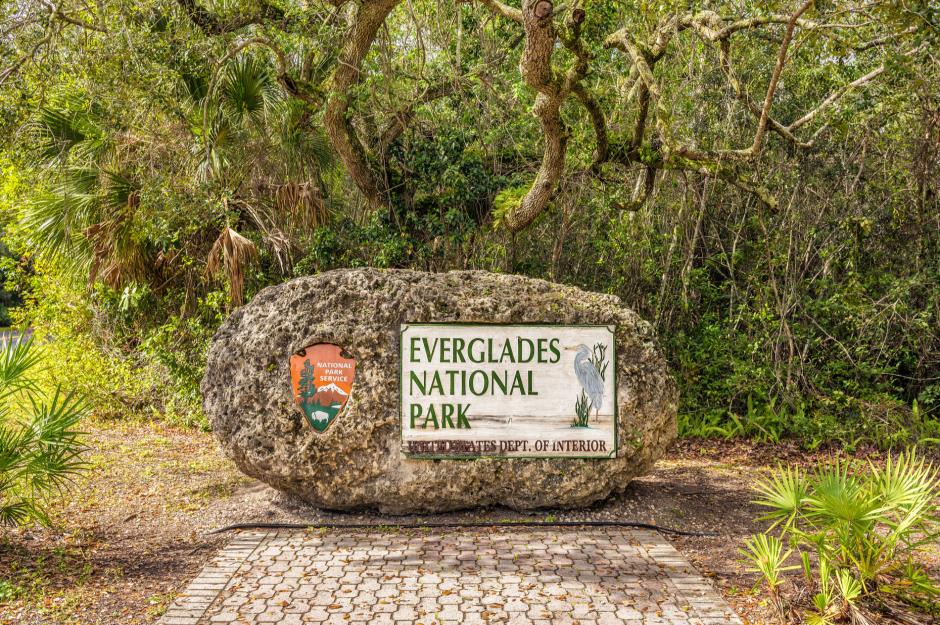
Salty sea water has begun to encroach on the park's unique wetlands, caused by rising sea levels. The park is recognised by UNESCO for its diverse ecosystems, which include both freshwater and saltwater marshes, and the increasing salinity is having devastating consequences for its fragile ecology. The wetlands, which once covered an area of around three million acres, have already reduced in size by more than half.
Florida's Everglades are at risk
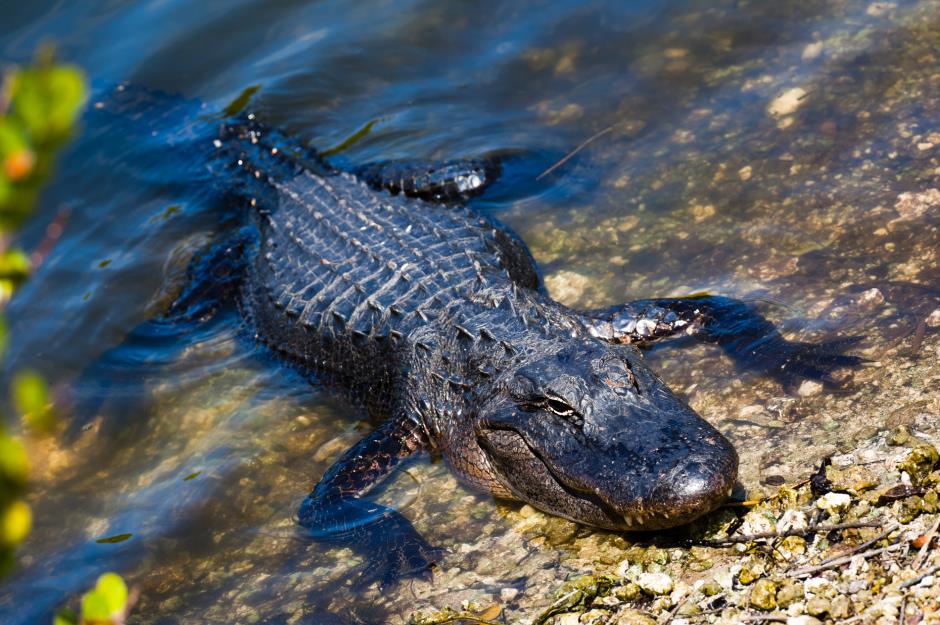
The Everglades, which provides drinking water to more than eight million people, has also suffered man-made interventions since the 19th century. The water flow has become unbalanced, and in 2000 an action plan was put together to restore stability of the ecosystem. One of its main proposals involved building a reservoir, which, when complete, will take in water from Lake Okeechobee and treat it before sending it into the park. It remains to be seen how much of the damage that has already been done can be repaired.
Florida's Everglades are at risk
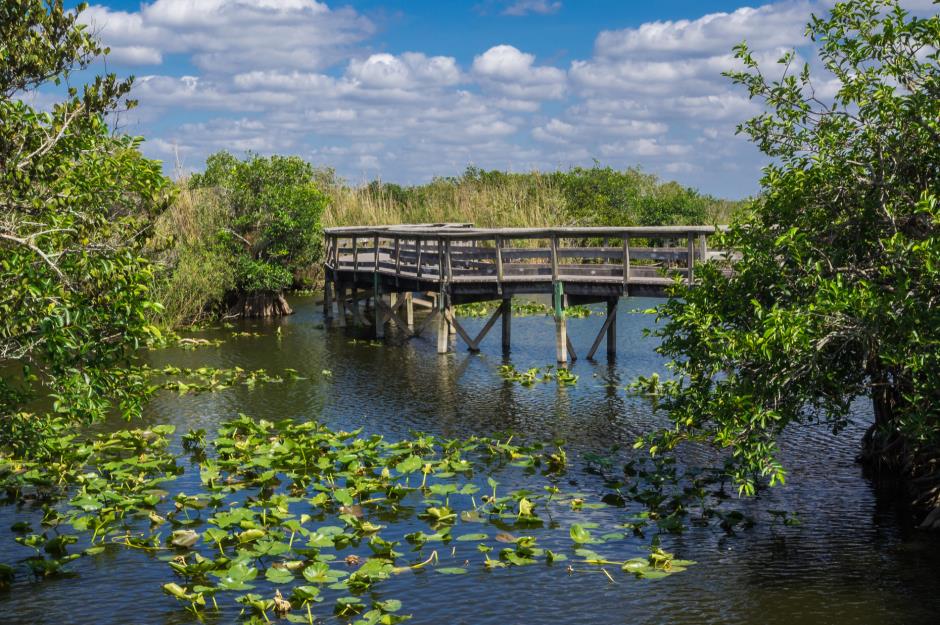
Lower rainfall could also harm the national park's wildlife, as well as causing more serious droughts and increasing the chances of wildfires. In response to the deteriorating condition of the national park, UNESCO placed the Everglades on its list of World Heritage Sites in Danger in 2010. It remains the only site in the United States to be on the list.
The Maldives could be swallowed up by the sea
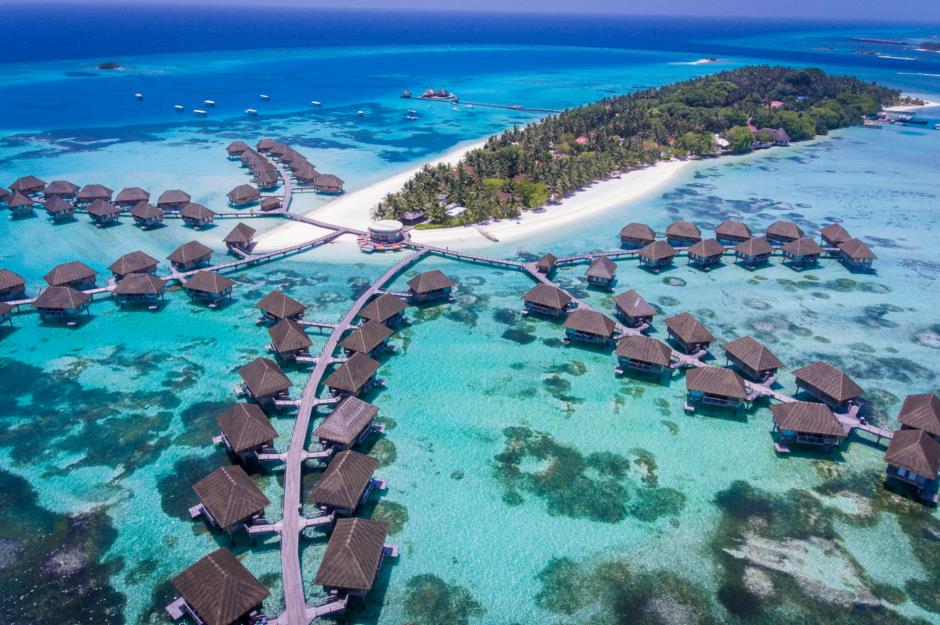
The 1,190 individual islands that make up the Maldives, a tropical paradise in the Indian Ocean, might not be accepting holidaymakers and honeymooners much longer. The world’s lowest-lying country, which is built on a network of coral, could be completely submerged within a few generations. A combination of rising sea levels, rising water temperatures and rising acidity, which kills coral, puts the islands in grave danger.
The Maldives could be swallowed up by the sea
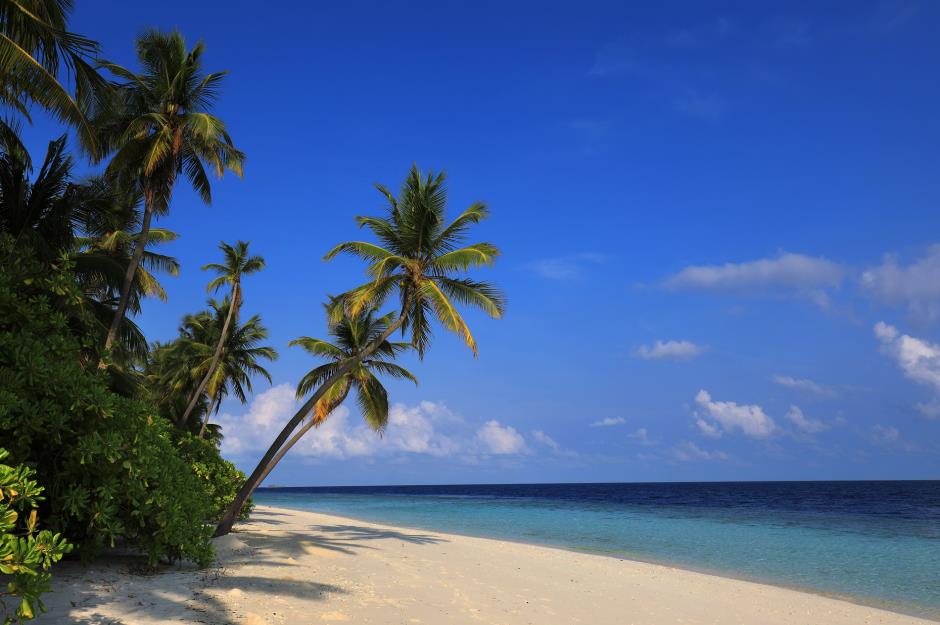
Back in 2008, then-president Mohamed Nasheed announced that he was going to buy land for the islanders elsewhere, as at some point the 530,000-strong population could become refugees as a result of climate change. The plans have now been shelved and the current government is looking at measures that could save the islands instead.
The Maldives could be swallowed up by the sea
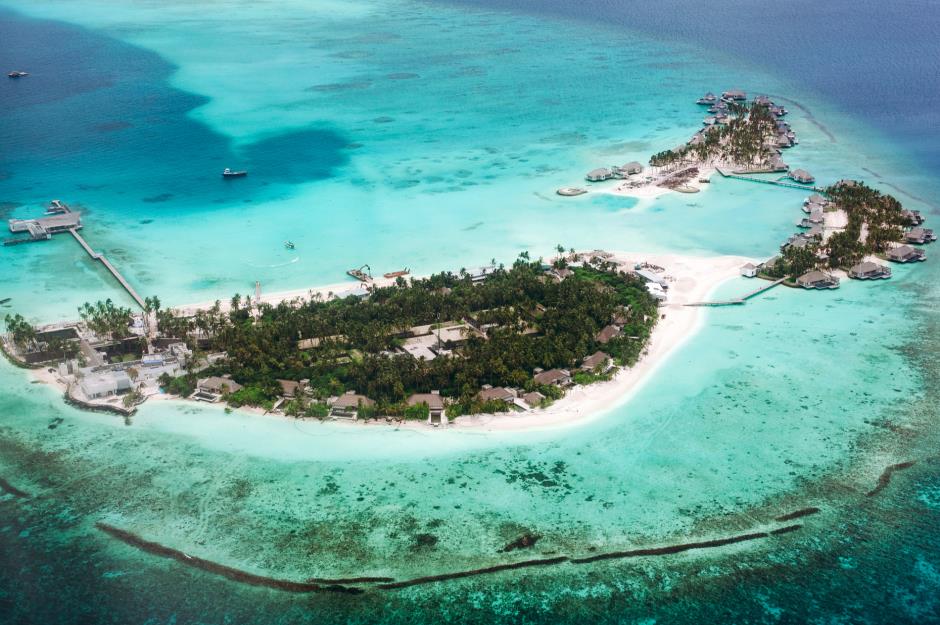
The government is now building new artificial islands through land reclamation, using sediment and sand taken from the seabed. Yet this process is controversial since it can harm coral reefs. The UN’s Green Climate Fund has already approved £17.4 million ($24m) of funding to help the Maldives, however a report by the country’s environment ministry projected that the country would need £6.4 billion ($8.8bn) to properly protect its islands. It’s unclear where these enormous funds might come from.
Chacaltaya glacier in Bolivia has all but disappeared

The 17,400-foot-tall (5,300m) Chacaltaya glacier in the Andes was once the world's highest ski slope – and a key source of water for those living in Bolivia's highlands. Now all that's left of the once-giant glacier, thought to be about 18,000 years-old, are a few patches of ice near what was once its summit. Climate change is thought to be to blame.
Chacaltaya glacier in Bolivia has all but disappeared
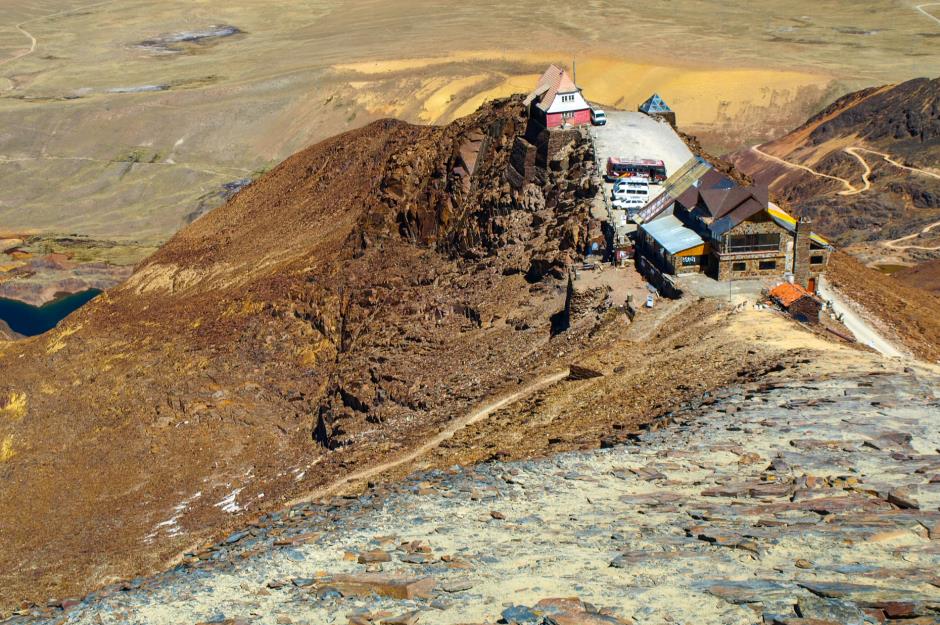
In 1998 a scientist predicted that the glacier, which had been retreating since the 1980s, would completely disappear by 2015. Yet the rate of the thaw increased, accelerated by climate change, meaning that the glacier was announced to have officially disappeared in 2009. In fact, the temperature in this area rose by half a degree Celsius in just the three decades between 1976 and 2006, according to a study by the Stockholm Environment Institute.
Chacaltaya glacier in Bolivia has all but disappeared
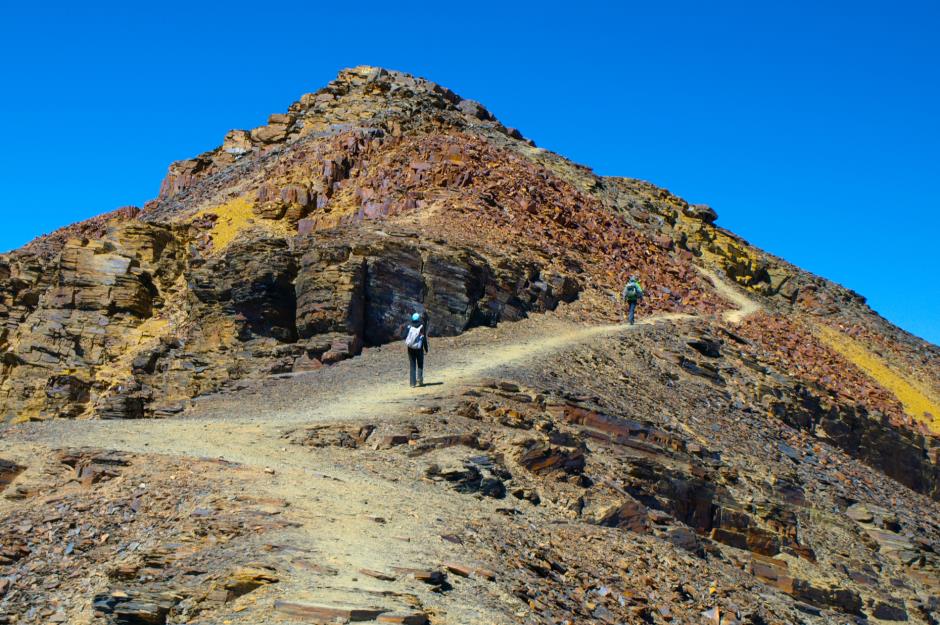
The loss of the glacier has been a blow to the tourist industry in Chacaltaya, and has threatened the local freshwater supply and the future use of hydropower, which provides much of Bolivia's electricity. The entire area was once covered in snow but now Chacaltaya resembles a ghost town.
Stunning mountains you can enjoy without having to hike or climb
The Solomon Islands are disappearing
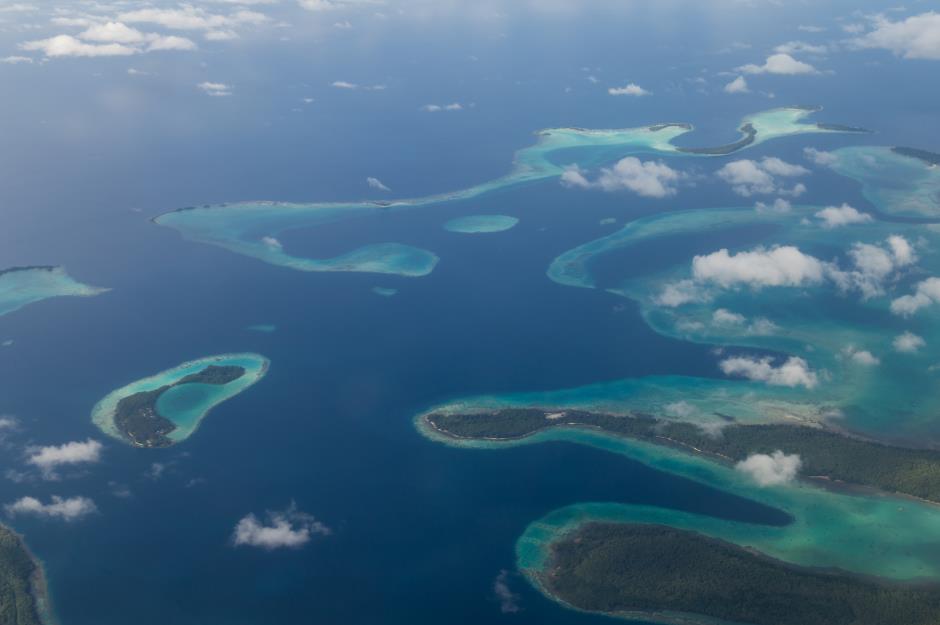
The tropical Solomon Islands are a small cluster of coral atolls and volcanic islands situated in the southwestern Pacific Ocean. At least five of the islands in the archipelago have now been submerged beneath the sea, while a further six have been severely eroded. Ocean levels are rising by an average of 0.3 inches (8mm) per year, and coastlines are receding across the archipelago.
The Solomon Islands are disappearing
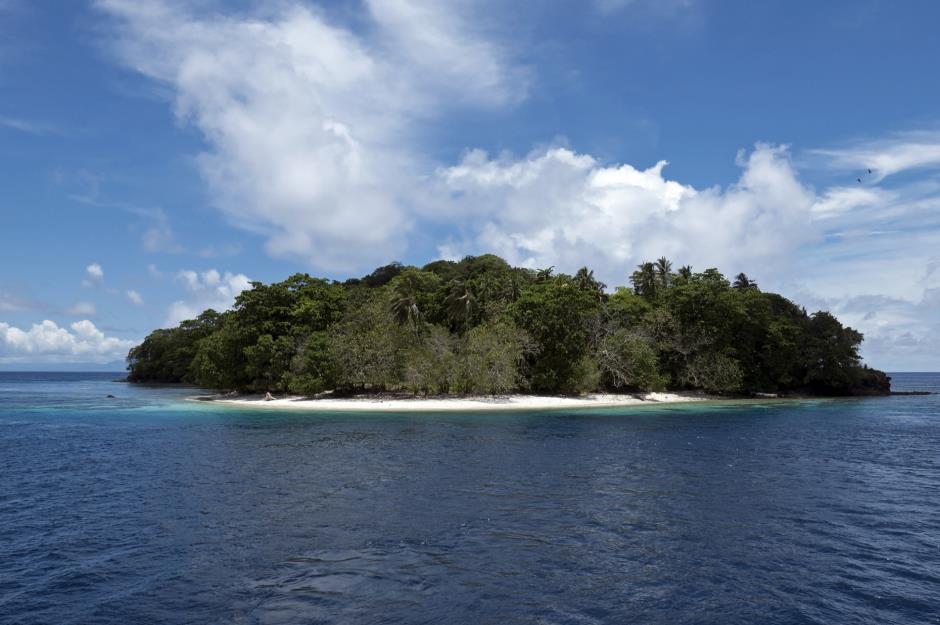
With around half a million people living on the archipelago, the implications of climate change could be devastating. None of the missing islands were inhabited by humans, ranging in size from one to five hectares, but the shrinking of other islands in the chain has already completely destroyed two villages, whose residents had to relocate to higher ground.
The Solomon Islands are disappearing
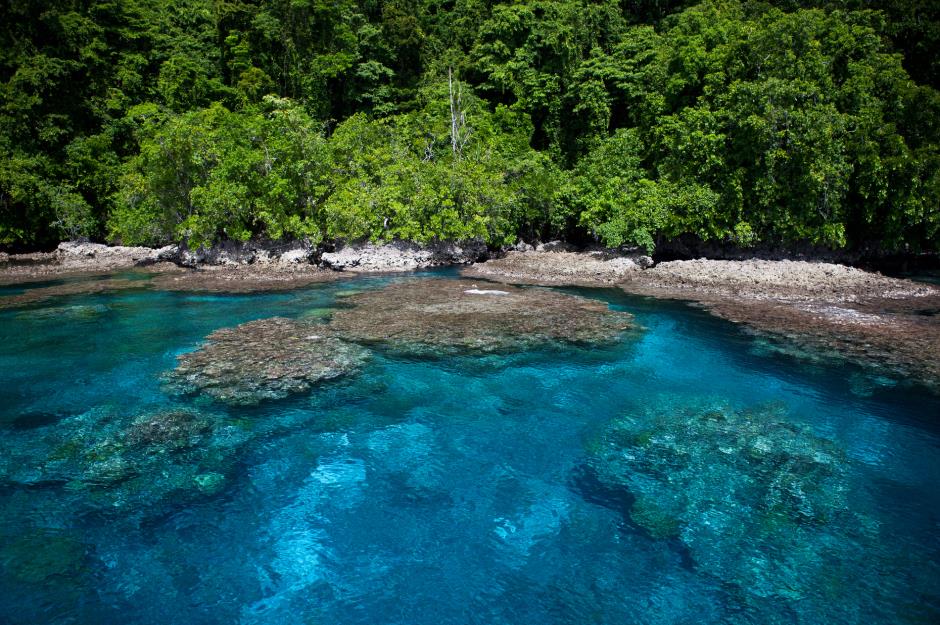
A 2016 study cited the island of Nuatambu, home to 25 families, which had lost 11 houses and half its inhabitable area since 2011. As the islands continue to diminish in size, more and more islanders will be forced to relocate. One of the Solomon Islands' nine provincial capitals, Taro, is particularly under threat, and plans are already being drawn up to move its 500 or so inhabitants.
The Alps' glaciers are retreating

The Alps is easily one of the best-known ski destinations on the planet – but it might not remain that way if the rapid pace at which its glaciers are melting keeps up. The largest glacier in Austria, the five-mile-long (8km) Pasterze Glacier, shown here, shrank by an enormous 668 feet (204m) between 2022 and 2023, and experts have now warned that Austria is likely to be glacier-free in 40 to 45 years if current trends continue.
The Alps' glaciers are retreating
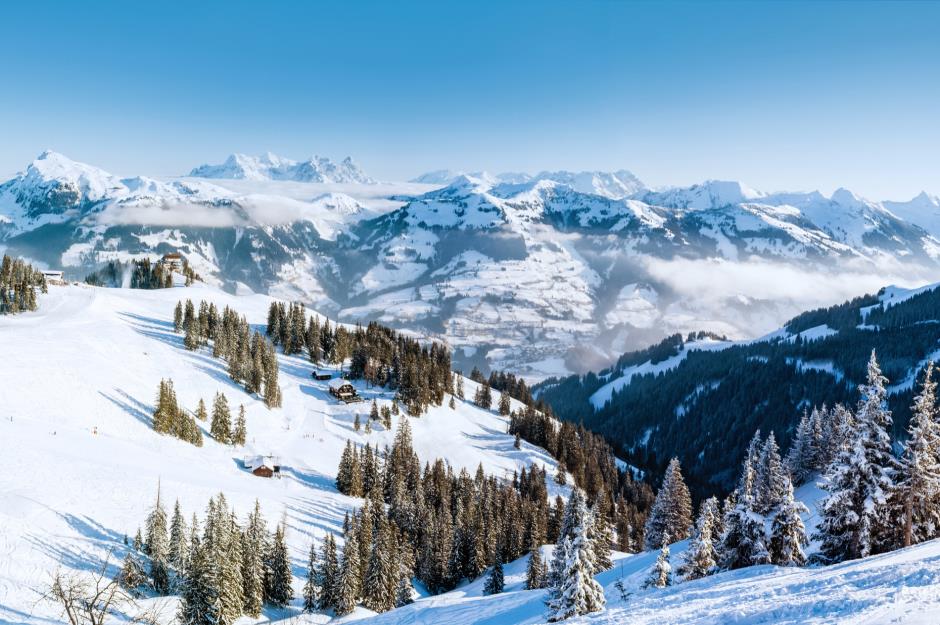
Temperatures in the Alps have reportedly risen by just under 2°C (3.6°F) over the past 120 years – far above the averages in the range's constituent countries – and it's predicted that the region could experience a further rise of 2°C over the next few decades. A lot of glaciers have already shrunk dramatically and, by the end of the century, many could disappear altogether.
The Alps' glaciers are retreating
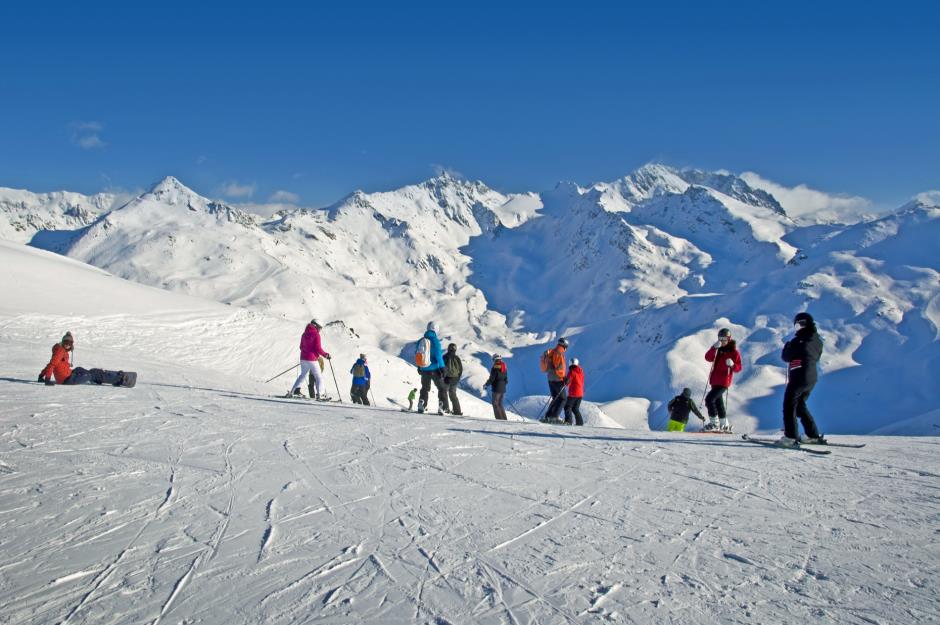
In fact, in a worst-case scenario the region could be mostly ice-free by 2100. As well as proving devastating for the tourism industry, the thawing of glaciers would badly affect water supply in surrounding areas, which in turn would affect farming and hydroelectric power. Scientists have stated that cutting carbon emissions is the only way to limit these impacts.
The Great Salt Lake is no longer so great

The Great Salt Lake in Utah hit a record-low in 2022, shrinking to barely a quarter of the volume it boasted at its high point in 1987. Years of drought and climate change are undoubted factors, but there are other problems too, as over the years billions of gallons of water that should have ended up in the lake has been diverted to be turned into drinking water, or for use in industry and agriculture.
The Great Salt Lake is no longer so great
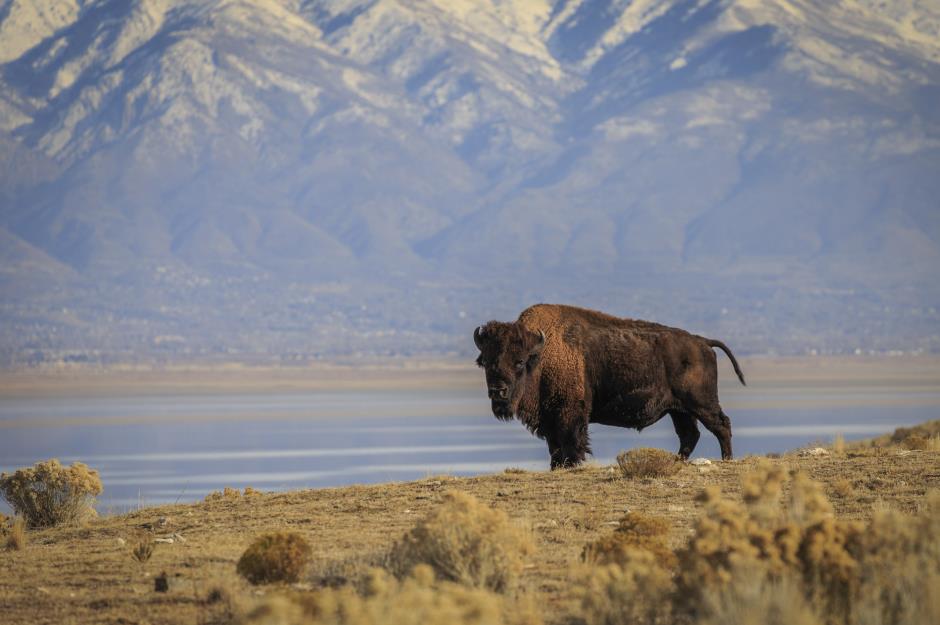
The saltwater lake provides an important ecosystem for a range of plant and animal species, and decreasing water levels are having a knock-on effect. There is now significantly less food available for the bird, insect and shrimp populations that rely on the lake to live. Its decline could have huge economic implications too, as Utah’s environmental authorities estimate that the lake-generated economy is worth somewhere in the region of £1.4 billion ($2bn) a year.
The Great Salt Lake is no longer so great

Steps could be taken to encourage local residents to reduce their water consumption, but, as the area's population is growing, these moves are not expected to have a major impact. After the low in 2022 various local laws went into effect relating to water conservation and policy, but longer-term solutions may require major rethinks of local agriculture and industry.
The Sahara Desert is expanding
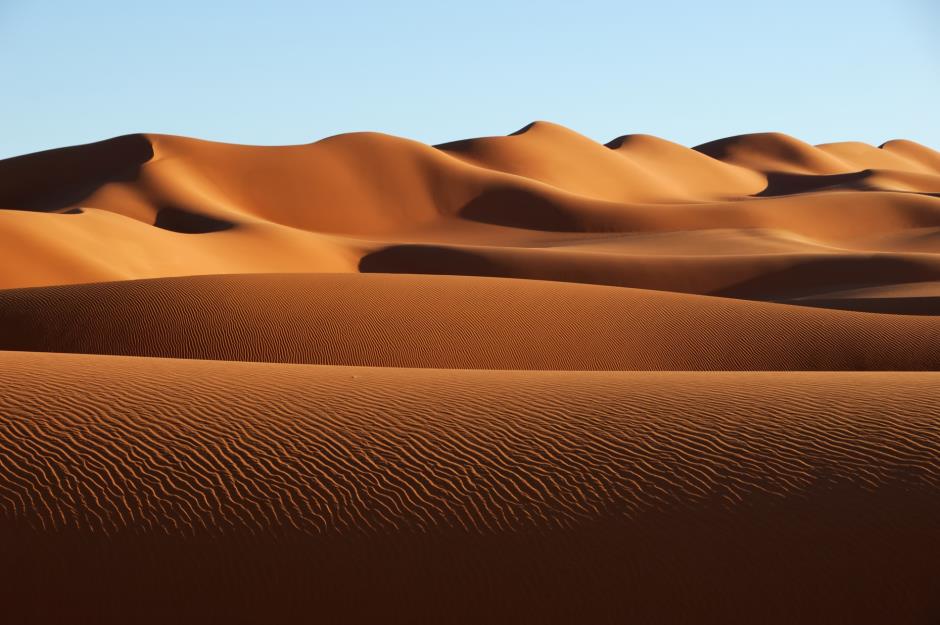
Unlike many of the other ecosystems in our round-up, the Sahara desert isn’t at risk of disappearing – rather, the concern is that it's growing. As a result of reduced rainfall, the Sahara Desert has increased in size by around 10% in the last century. While natural changes in rainfall cycles were responsible for around two-thirds of that expansion, human-caused climate change was responsible for the remaining third, according to a study published in 2018.
The Sahara Desert is expanding
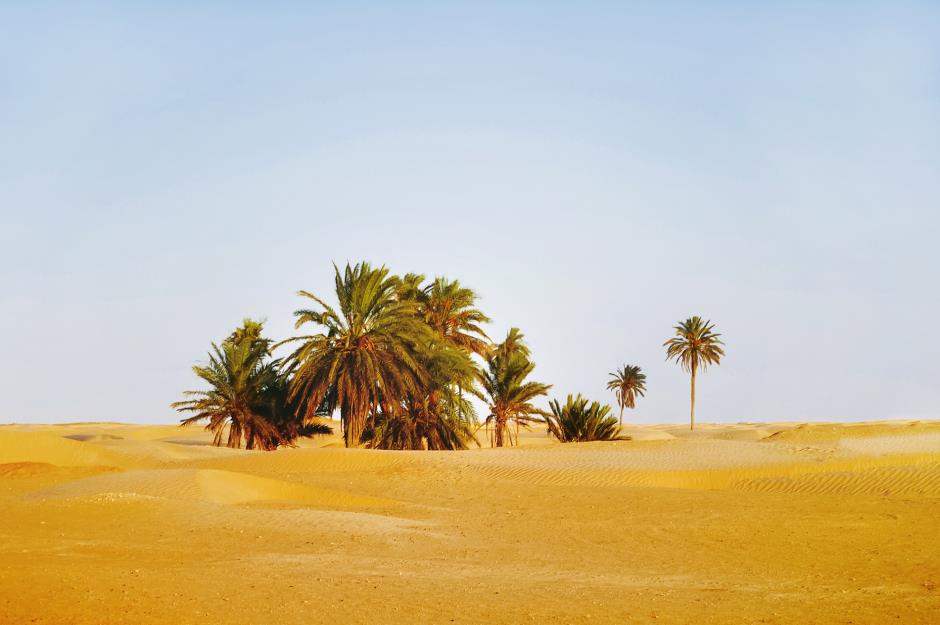
This process of expansion, known as desertification, has caused the semi-arid Sahel region south of the Sahara to recede, spelling bad news for the fragile grasslands and the people and wildlife that rely on them. It’s not just a problem in the Sahara. According to UN figures, at least 100 million hectares of healthy land is now lost every year, which puts an end to farming, grazing and tourism causing huge economic losses.
The Sahara Desert is expanding
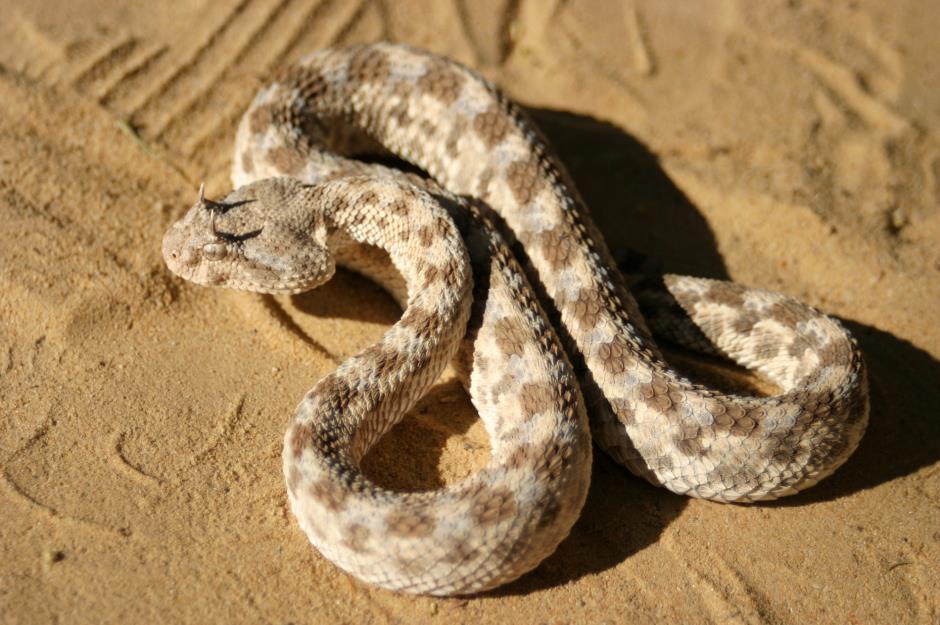
In an attempt to stem desertification, more than 22 countries across the Sahel are now creating a giant, living structure called the Great Green Wall. Launched in 2007, the scheme envisages a 5,000-mile (8,000km) line of greenery across the African continent, reclaiming millions of hectares of land, offsetting millions of tonnes of carbon and creating millions of green jobs. The project was originally slated to be completed by 2030, but has experienced setbacks in the past few years.
Mount Kilimanjaro’s glaciers are shrinking
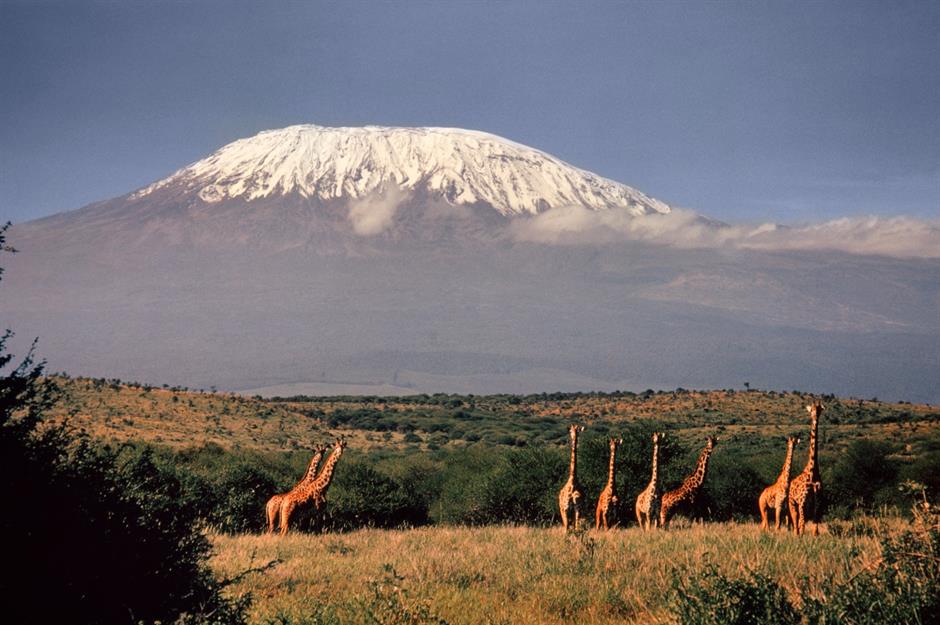
The tallest mountain in Africa, Kilimanjaro is on many an avid adventurer's bucket list. Yet the iconic peak, situated in northeastern Tanzania, faces multiple threats due to climate change. Its ice sheet is shrinking fast, and a UN report in 2022 stated that the mountain's last glaciers will be lost by 2050. These losses, according to the report, are now unavoidable – it is too late to stop them.
Mount Kilimanjaro’s glaciers are shrinking
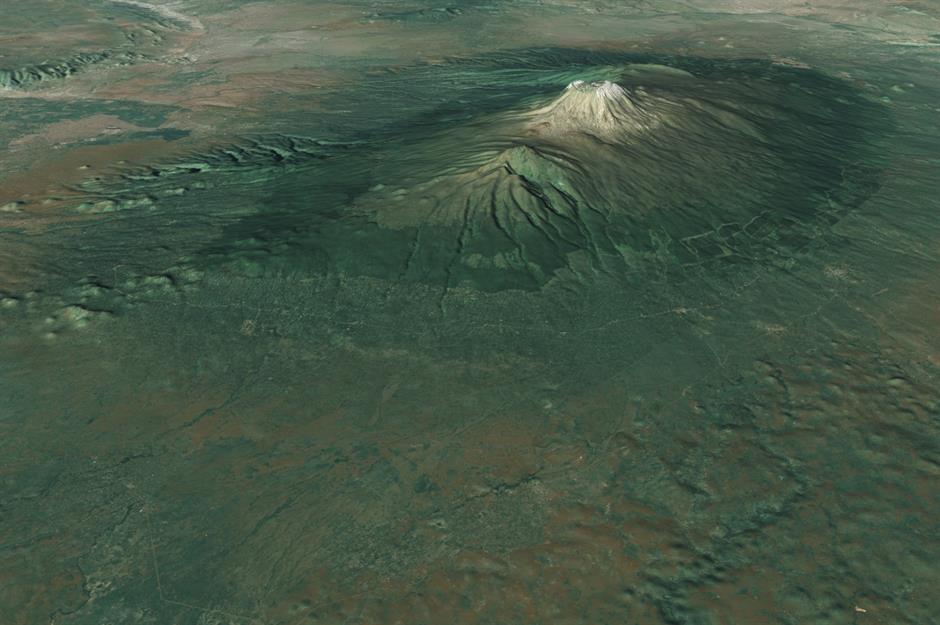
The glaciers could vanish even sooner, which could be devastating for locals living at the base of the mountain who rely on the glacier for fresh water. Kilimanjaro faces other challenges too. In October 2020, an enormous wildfire broke out near the mountain and destroyed 11 square miles (28sq km) of forest. While wildfires are common in the dry season, fires of such scale threaten to permanently harm vegetation and throw the mountain's water balance into chaos.
Mount Kilimanjaro’s glaciers are shrinking

Currently, the mountain and its surrounding forest belt is protected by the Kilimanjaro National Park. However, scientists argue that it is becoming an 'ecological island', meaning that it's almost surrounded by developed areas used for farming and other industries. When an ecosystem is cut off in this way it becomes harder for species to migrate between habitats, which ultimately makes the environment less adaptable and more vulnerable to change.
Easter Island is threatened by rising sea levels
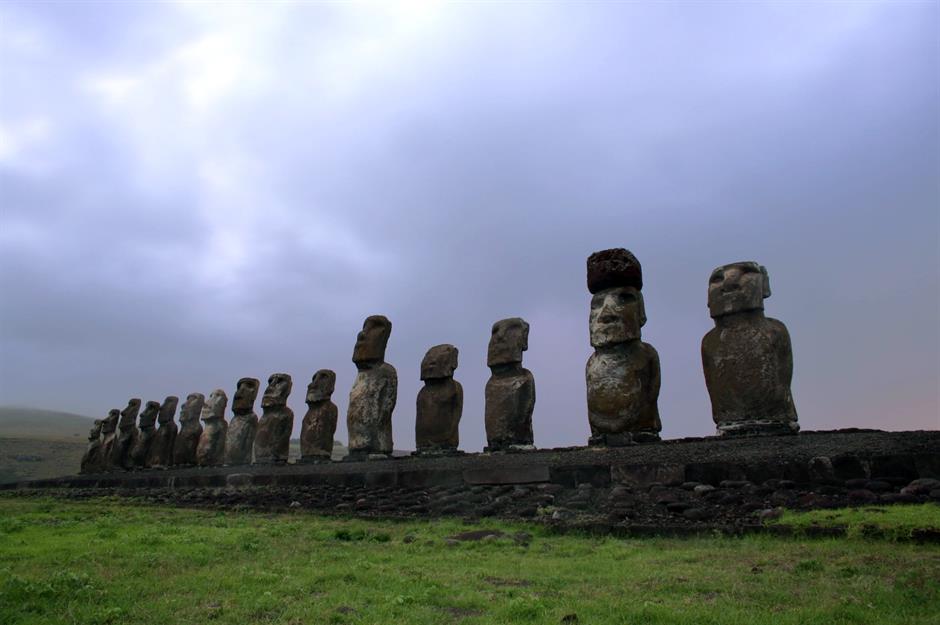
Best known for its ancient stone statues called moai, which are thought to date back to between AD 400 and 1500, Easter Island, also known as Rapa Nui, faces several climate change-related threats. Situated in the South Pacific some 2,300 miles (3,700km) west of Chile, the island has experienced prolonged droughts, the drying up of wetlands and coastal erosion.
Easter Island is threatened by rising sea levels
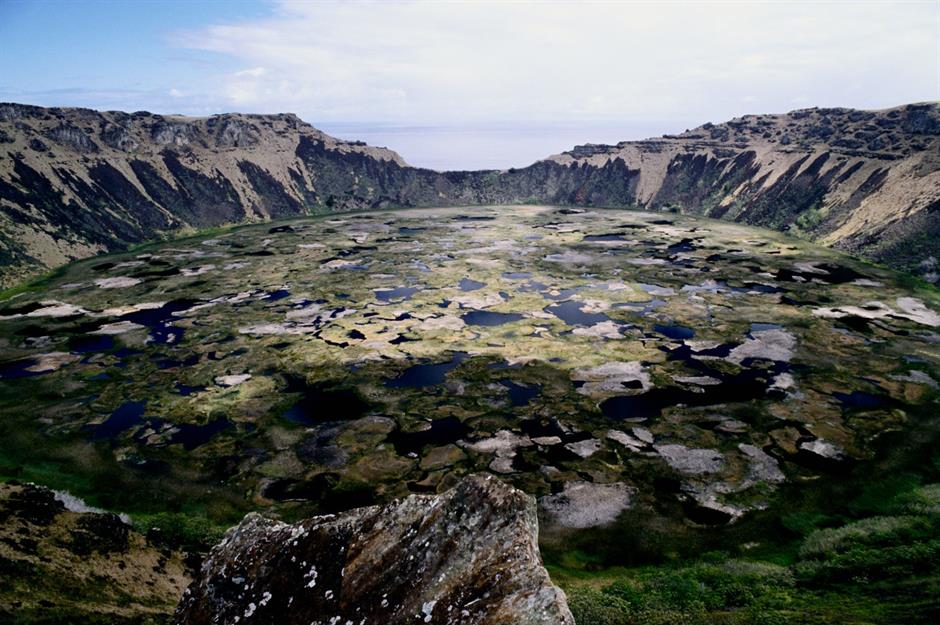
Total rainfall has plummeted, and in 2017 Easter Island had its driest year on record. This saw the Raraku lagoon, an important freshwater source for islanders, begin to dry up. Meanwhile, some climate models suggest that sea levels will rise by as much as six feet (1.8m) by 2100, and during blustery weather waves are now lapping at the bases of some of the moai. Some of the statues are mere feet away from fast-eroding cliffs.
Easter Island is threatened by rising sea levels
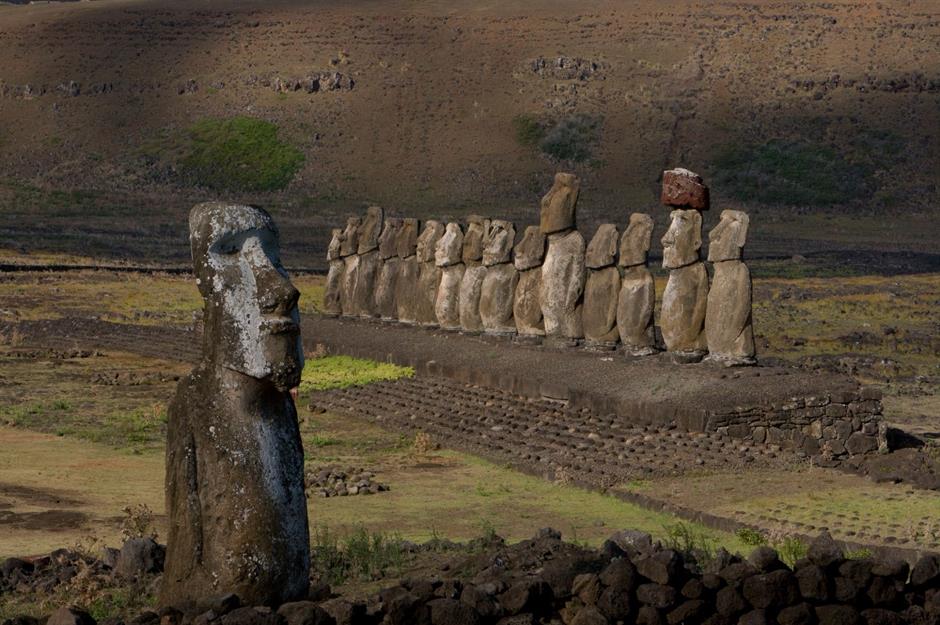
To protect the monuments officials have built a sea wall at one particularly at-risk area, but just how effective it will prove to be is yet to be seen. The island’s tourism industry, which is the backbone of its economy and directly or indirectly supports most of its approximately 6,000 inhabitants, hangs in the balance.
Montana’s Glacier National Park is losing its glaciers
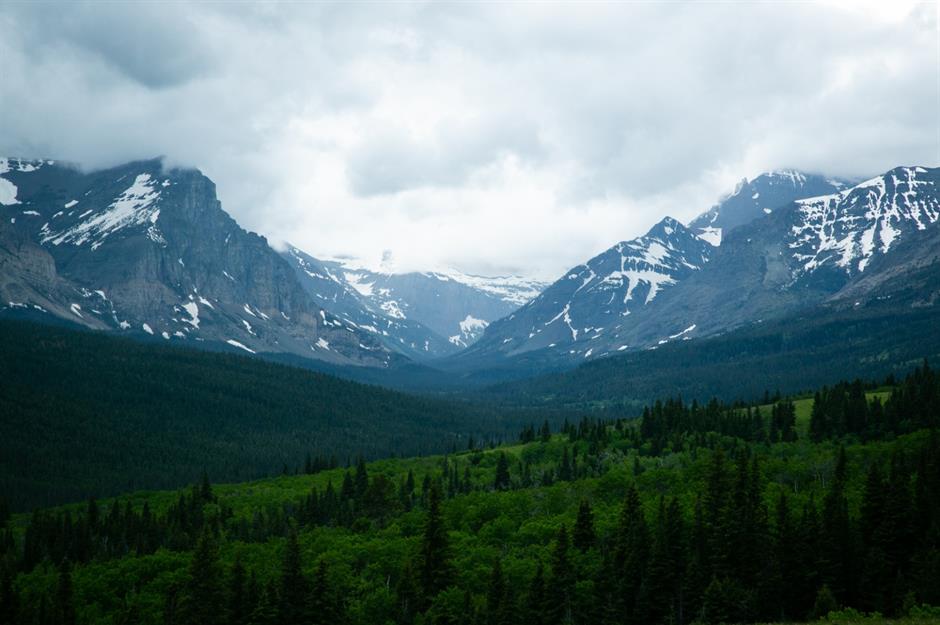
Glacier National Park in Montana is rapidly losing the ice caps that gave it its name, and climate change is to blame. The region is warming at almost twice the global rate, and according to data from the US Geological Survey (USGS) some of its glaciers have lost 85% of their size since the 1960s. In 2022, only 25 'active' glaciers remained in the park. By 2030, some scientists predict that that number could fall to zero.
Montana’s Glacier National Park is losing its glaciers
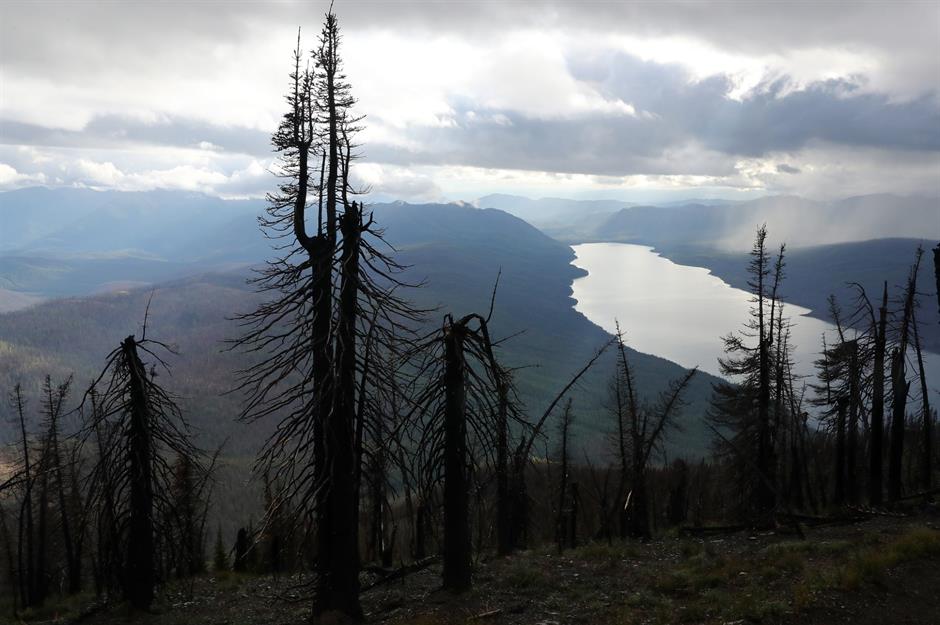
It’s not just the direct impact of a warming climate that is taking its toll. Wildfires, which are a natural occurrence here, have been extremely powerful in recent years and have caused long-lasting damage. It’s estimated that the area of land burned by wildfires in the American west has doubled since the 1980s, as the fires have increased in size, frequency and intensity.
Montana’s Glacier National Park is losing its glaciers
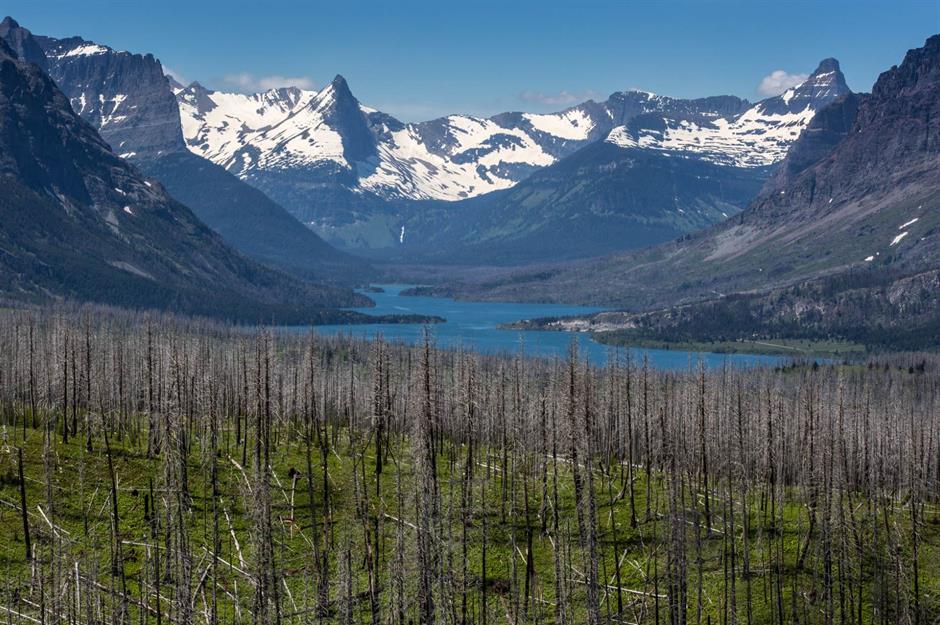
Rising temperatures have also meant that rain is beginning to replace snow in the winter, which means glaciers are beginning to melt earlier in the season. Since the ice sheets provide essential freshwater to those living nearby, as well as generating power via hydroelectric dams, their disappearance presents significant challenges for local populations in the years ahead.
The Dead Sea is… dying
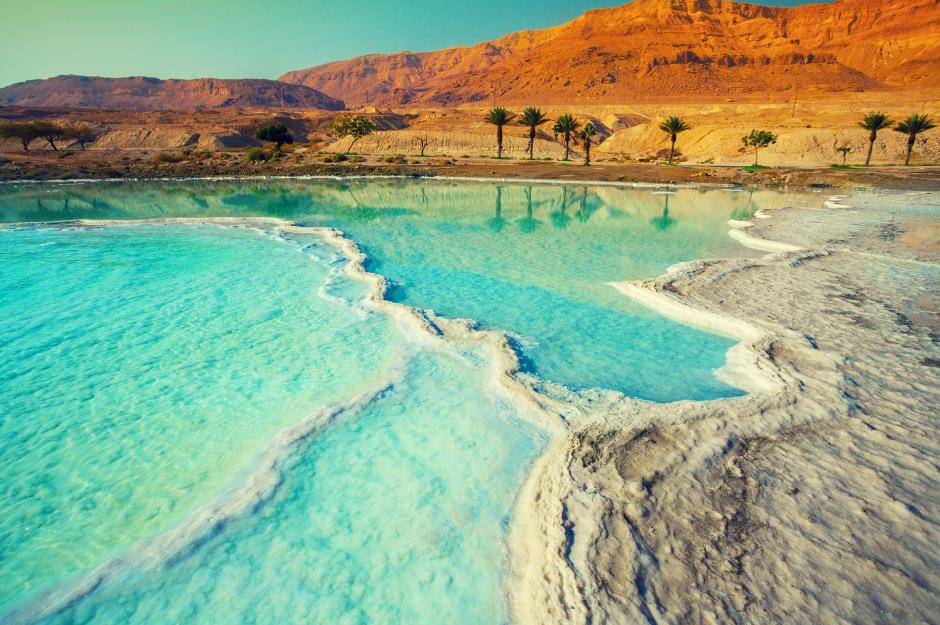
Famous for its ultra-salty waters, which contain almost 10 times as much salt as normal seawater and allow bathers to float on its surface, the Dead Sea is under threat. While the salt lake, bordered by Israel and Jordan, is already 'dead' in some ways – it's too salty to support any marine life besides microorganisms and algae – it's now also vanishing at an alarming rate.
The Dead Sea is… dying

The water level of the Dead Sea is said to be dropping by approximately three feet (1m) each year, which has caused thousands of dangerous sinkholes to appear around its shores. About 50 years ago the Dead Sea covered around 386 square miles (1,000sq km), a level that had been largely constant since records began in the early 18th century. It has now shrunk to around 234 square miles (605sq km).
The Dead Sea is… dying
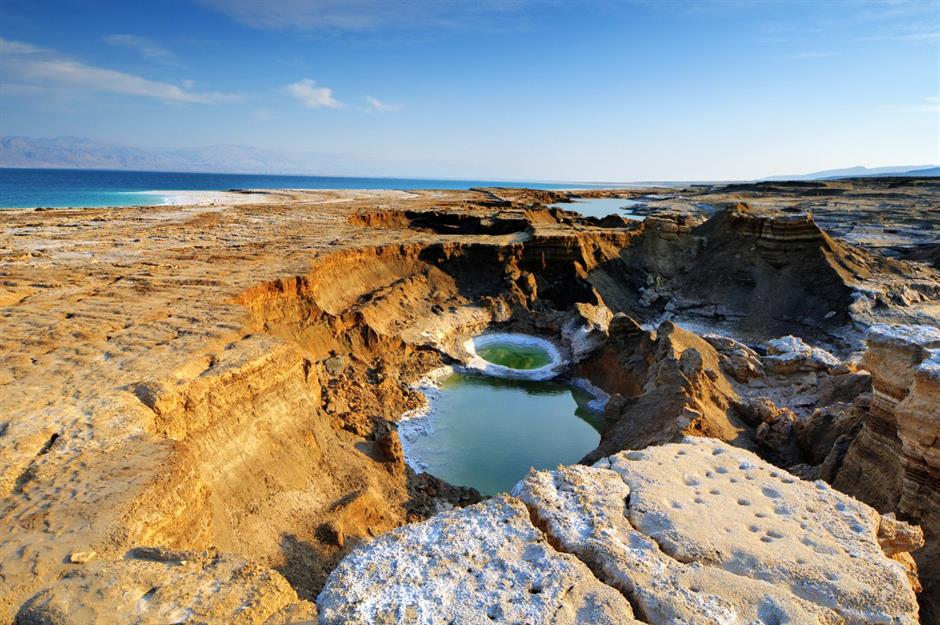
Climate change is part of the problem – specifically rising temperatures and dropping rainfall – but human activity is perhaps the bigger issue. From the 1960s onwards, both Israel and Jordan started to divert the flow of the River Jordan for irrigation and other purposes – water that should have flowed into the Dead Sea. In 2015, the two countries committed £6.5 million ($9m) to stabilising its water levels. Only time will tell if the sea can be restored.
Venice could disappear underwater
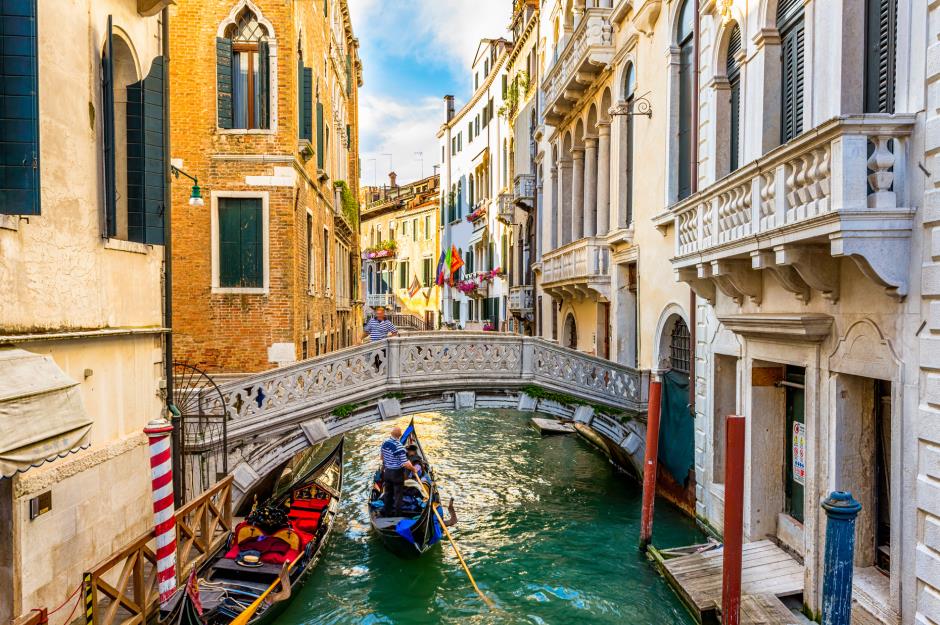
Venice, the ancient Italian city where waterways exist in place of roads, has always been susceptible to flooding. A few times a year, acqua alta, or 'high water', occurs when high tides coincide with strong winds, often causing flooding. With global warming causing sea levels to rise, this is only likely to worsen. To add to its woes the city is also literally sinking into its marshy foundations by one to two milimetres a year.
Venice could disappear underwater
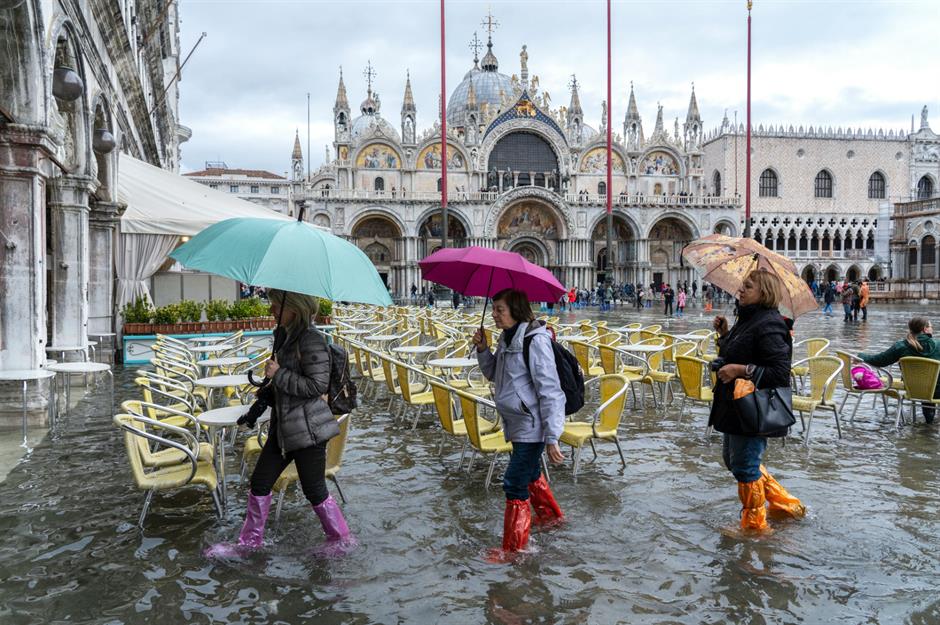
In 2019 Venice experienced its worst flood for more than half a century as water levels topped six feet (1.8m), flooding 80% of the city. St Mark's Square (pictured) was off-limits, schools closed and the government declared a state of emergency. High tides, worsened by sirocco winds from Africa, caused damage to buildings and killed two people. One of the world's most famous cathedrals, St Mark’s Basilica, was under nearly five feet (1.5m) of water and suffered damage totalling £4.3 million ($5.5m).
Venice could disappear underwater
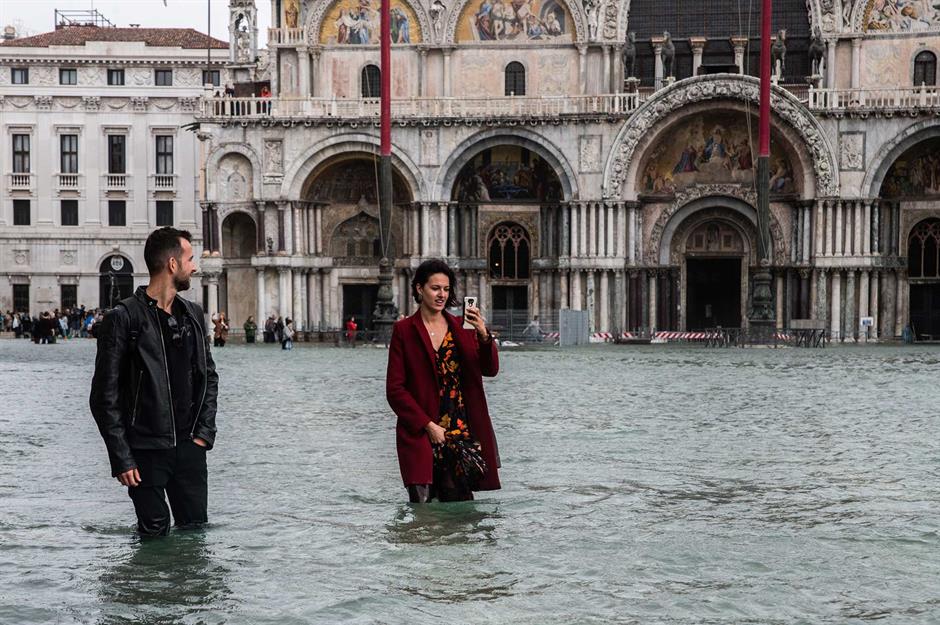
Just a year earlier Venice had seen a particularly horrific storm that left three-quarters of the city submerged, with water levels reaching five feet (1.5m). In July 2020 the MOSE (Modulo Sperimentale Elettromeccanico) flood barrier was tested for the first time after years of delays. An impressive feat of engineering, the one-mile (1.5km) series of floodgates covers the inlets to the lagoon, protecting Venice from rising waters. So far, the barriers have been effective, but as sea levels continue to rise and the climate continues to change, the future remains uncertain.
Historic Jamestowne could soon be underwater
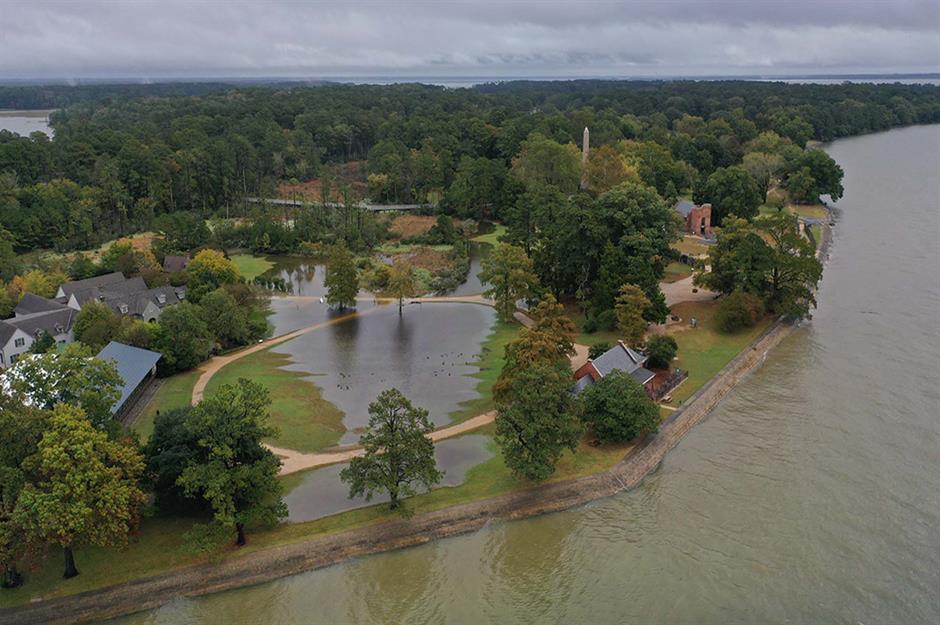
Historic Jamestowne, the site of the first successful English colony in the US, is a remarkable piece of history. The first capital of the Virginia Colony, it was established in 1607, when settlers landed on Jamestown Island in Chesapeake Bay. Today, the site is threatened by rising sea levels caused by climate change. Waters around the island are already 1.6 feet (0.5m) higher than they were a hundred years ago, and are projected to rise another three feet (1m) by 2075. Researchers are sandbagging excavation sites, but long-term solutions are in short supply.
Historic Jamestowne could soon be underwater
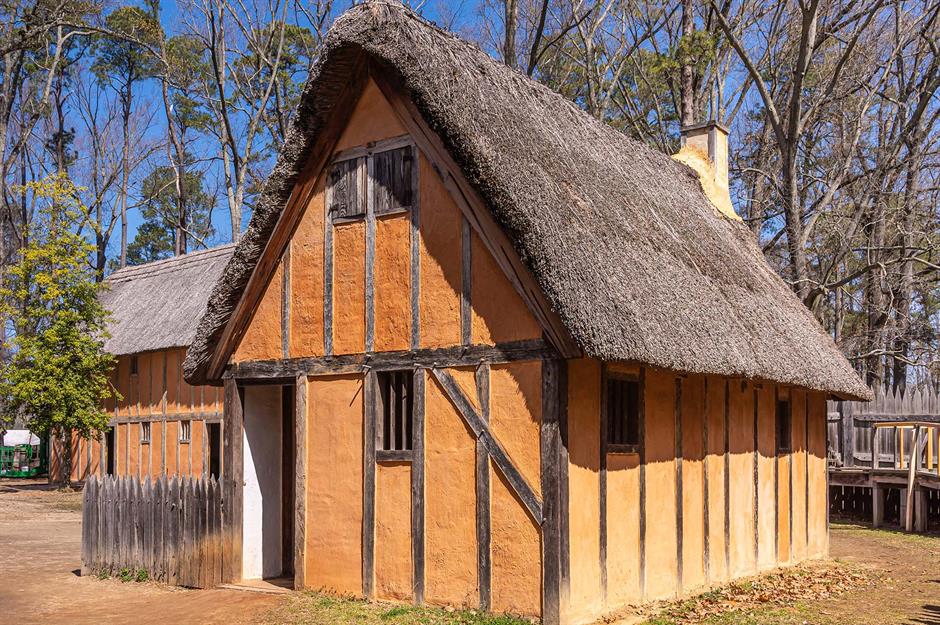
The town had already been subject to natural erosion prior to 1994, when Preservation Virginia, which owns the site, launched an archaeological research project that protected the area. The project has since uncovered more that three million artefacts, evidence of buildings (some of which have been restored using original plans) and the bulk of a 17th-century fort.
Historic Jamestowne could soon be underwater
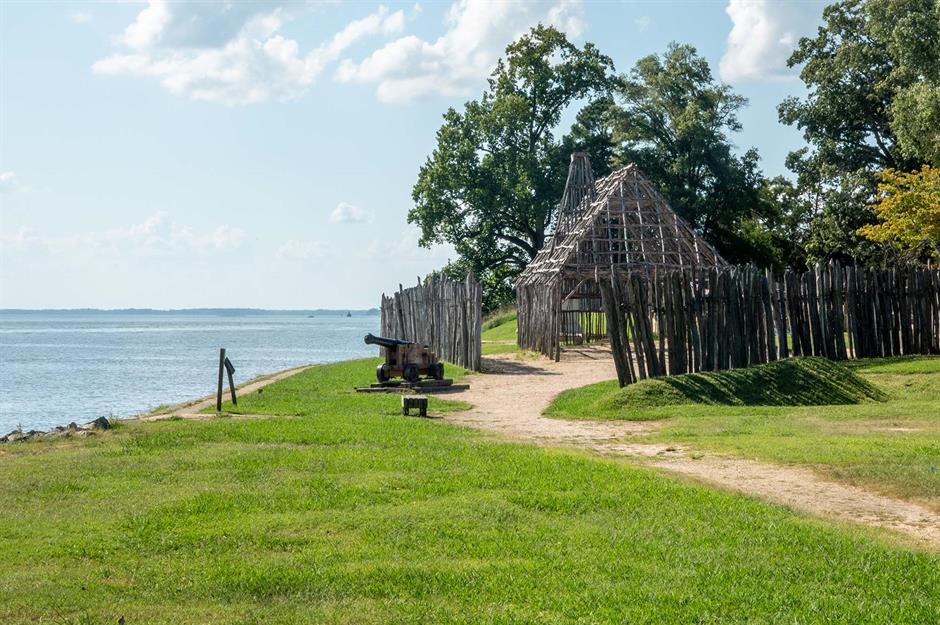
Today, rising sea levels, storms and recurrent flooding threaten the historic site like never before. These threats prompted the National Trust for Historic Preservation to place Historic Jamestowne on its most endangered historic places list for 2022. Future engineering projects are promising to help the site combat extreme weather, but there are question marks over where the necessary funding might come from.
30 intriguing facts from American history you probably didn't know
Comments
Be the first to comment
Do you want to comment on this article? You need to be signed in for this feature